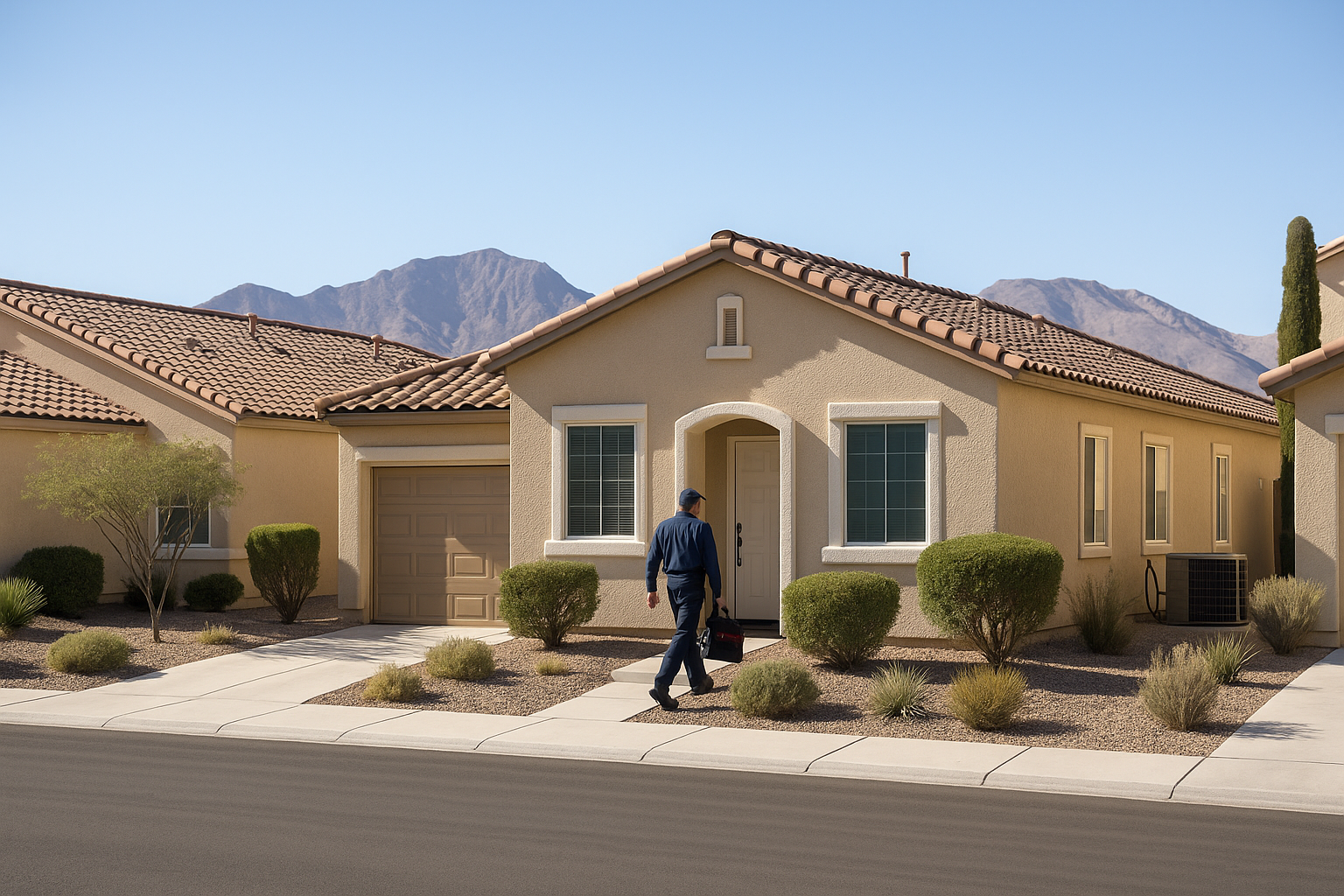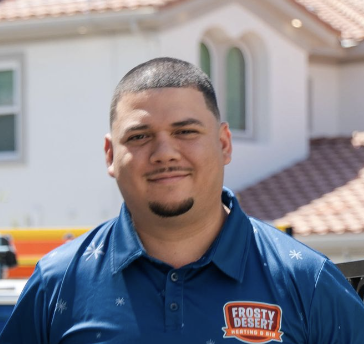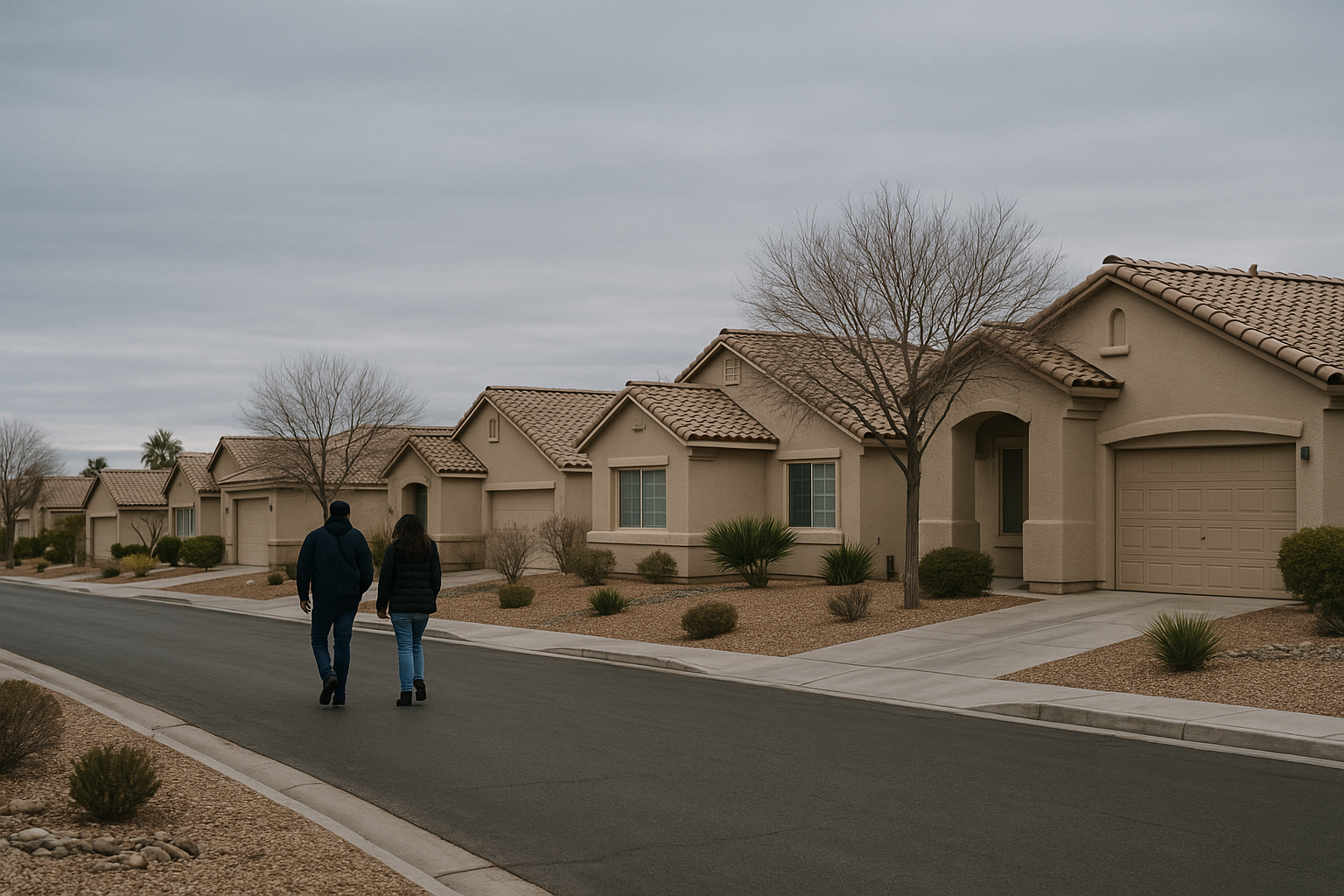Why Your AC Is Blowing Warm Air. Causes, Fixes, and Expert Troubleshooting Guide

When Your AC Stops Cooling
Few things are more frustrating than turning on your air conditioner only to feel warm air coming out of the vents. Whether it happens overnight or during a heat wave, the cause usually traces back to a few common culprits. Understanding these issues — and knowing what you can safely troubleshoot — can help you restore comfort quickly or at least know when it’s time to call a pro.
1. Check the Thermostat First
It sounds simple, but thermostat settings are one of the most overlooked causes of an AC blowing warm air.
- Make sure your thermostat is set to COOL and the fan setting is on AUTO, not ON. The ON setting runs the fan constantly, even when the air isn’t being cooled.
- Verify that the temperature is set lower than the room’s current temperature.
- If you’re using battery-powered thermostats, replace the batteries regularly to avoid false readings.
💡 Pro Tip: Smart thermostats can help prevent this issue by automatically adjusting temperatures and notifying you if the system isn’t cooling properly.
2. Replace or Clean Dirty Air Filters
A clogged or dusty air filter restricts airflow, causing your system to overheat and blow warm air.
What to do:
- Turn off the AC.
- Remove the air filter and inspect it.
- If it looks gray or covered in dust, replace it or clean it (for reusable types).
A clean air filter can improve cooling performance by up to 15% and prevent future breakdowns. Filters should typically be replaced every 30–90 days depending on usage and household conditions (like pets or allergies).
3. Check for Refrigerant Leaks
Refrigerant is the lifeblood of your cooling system. If levels drop due to a leak, your AC loses its ability to absorb heat — resulting in warm air.
Signs of low refrigerant:
- Hissing or bubbling noises
- Ice on refrigerant lines or coils
- AC runs constantly but never cools
If you suspect a leak, it’s best to call a licensed HVAC technician. A refrigerant recharge costs around $200–$500, depending on the system and type of refrigerant.
4. Inspect the Outdoor Unit
Your outdoor condenser unit plays a huge role in expelling heat from inside your home. When it’s covered in dirt, leaves, or debris, that heat can’t escape — and your system ends up recycling warm air.
DIY fix:
- Turn off power to the unit.
- Use a garden hose (on gentle pressure) to rinse the fins.
- Clear away vegetation and maintain at least 2–3 feet of open space around the condenser.
Avoid using harsh chemicals or high-pressure sprayers, which can bend fins or damage components.
5. Check for Frozen Evaporator Coils
If your indoor evaporator coils freeze, airflow stops and the AC begins pushing warm air.
What causes frozen coils:
- Dirty air filters
- Refrigerant leaks
- Blocked air vents or ducts
How to fix it:
- Turn off the system and allow coils to thaw (24 hours or use a gentle hair dryer).
- Replace filters and check vents for blockages.
- If ice returns, contact a technician to inspect refrigerant levels or mechanical components.
6. Test the Power Supply and Breakers
Sometimes the outdoor condenser loses power while the indoor fan continues running, causing warm air from the vents.
Quick checks:
- Ensure the AC’s circuit breaker hasn’t tripped.
- Reset if needed, but if it keeps tripping, there may be an electrical issue that requires professional service.
7. Watch for Compressor Problems
The compressor is your system’s engine — it circulates refrigerant and keeps air cool. When it fails, cooling stops altogether.
Warning signs:
- Clicking, rattling, or chattering noises when the AC starts
- Warm air despite the outdoor unit running
- Higher energy bills without better cooling
If you suspect compressor failure, schedule professional diagnostics. Replacement costs range from $1,200–$2,500, depending on your unit.
8. Clean the Coils (Both Indoor and Outdoor)
Over time, coils accumulate dust and grime that restrict heat transfer.
- Evaporator coils (inside): Access the panel, gently brush away dirt, and use a mild coil cleaner if needed.
- Condenser coils (outside): Rinse with a hose and clean using a soft brush.
Dirty coils can reduce efficiency by up to 30%, so routine cleaning once or twice per year pays off in energy savings.
9. Check for Electrical or Component Failure
Electrical components like capacitors and contactors help your AC start and run. When they fail, the system may blow warm air or shut down entirely. Because these components store electrical energy, do not attempt DIY repairs. Call a certified HVAC technician for safe replacement.
10. Preventing the Problem in the Future
Keeping your AC from blowing warm air again comes down to regular maintenance:
- Replace air filters every 1–3 months.
- Schedule a professional AC tune-up once a year (typically $100–$200).
- Keep the outdoor unit clear of plants and debris.
- Seal windows and doors to prevent air leaks.
- Use ceiling fans to circulate cool air more efficiently.
Routine inspections can extend your system’s lifespan by 20–30% and prevent costly breakdowns.
When to Call a Professional
If you’ve checked the basics — thermostat, filters, and outdoor unit — but your AC still isn’t cooling, it’s time to bring in an expert. Certified HVAC technicians have tools to:
- Test refrigerant pressure
- Inspect electrical components
- Clean internal coils and blower assemblies
- Diagnose compressor or capacitor issues
A service visit typically costs $100–$300, and can save hundreds in energy bills or prevent larger repairs later.
Key Takeaway
An AC blowing warm air doesn’t always mean a major breakdown — in many cases, the fix is simple. But ignoring the problem can strain your system and increase energy costs by up to 40%. Start with these troubleshooting steps, and if the issue persists, schedule professional maintenance to restore your comfort and protect your investment.




